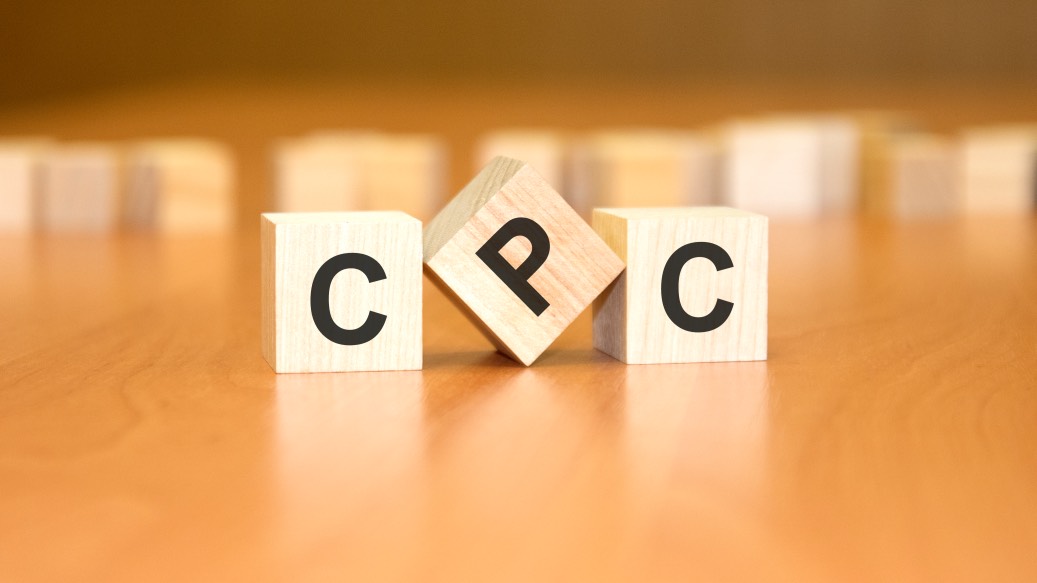Paid media is a great way to guarantee that you’re maximizing your brand’s presence online. It’s an efficient way to supplement other marketing efforts and generate qualified leads faster than other methods available. In some cases, it might cost a sizable portion of your marketing budget, but when done right, utilizing paid media online is worth every penny.
What is Paid Media?
In its simplest definition, paid media are the marketing efforts that you pay for. It involves paid placements on different channels such as TV, display ads, branded content and many more. One of the most common forms of paid media is pay-per-click advertising, a type of advertising done online and usually on several social media platforms like YouTube, Facebook and Instagram.
Different Ways to Determine Your Spending on Paid Media
Paid media campaigns vary depending on what your goal is. Hence, there are several ways to determine what the cost of your campaign should be or how much you should allocate to run your ads. Here are a few examples of paid media pricing models to choose from:
Cost per click (CPC)
Cost Per Click is a pricing model that tracks the number of times an ad is clicked. Businesses pay only when people click on the ads they set up online. This is perfect when running ads on search engines such as Google and Bing.
If your target is to get more views on your website or on your YouTube channel, CPC is a model to follow in order to guarantee that more people are looking at your website or watching your videos. Several brands also put up CPC campaigns on social media sites like Instagram when aiming to direct more traffic to their website or get more people to visit their ecommerce profiles.
Cost per impression (CPI/CPM)
Similar to how above-the-line advertising like print ads and billboard prices are calculated, CPI/CPM is calculated by the number of times people see your ad. Unlike CPC, advertisers spend a set price for a target number of eyeballs to see their ad. This pricing model is typically used in ads run on Google, Facebook and LinkedIn ads. Rest assured, this isn’t complicated to do. You may use a CPM calculator to make it easy.
This model works best if you are trying to get more people to be aware of your brand. Usually, small businesses use this to establish a foothold in their respective niche. Similarly, bloggers and social media influencers often run ads on Instagram using this model in order to get more users to become aware of their social media accounts. Oftentimes, they convert their top-performing posts to ads to increase Instagram reach. The more users see their profile, the higher chances they have to get more followers.
Cost per acquisition (CPA)
CPA is a more laser-targeted model for ads when it comes to pricing. Through this model, advertisers are billed each time their ad converts to a sale, download or any action and/or conversion that the business requires. Using CPA gives you a more accurate view of how well ads perform in terms of acquiring customers or converting to sales.
Total Cost
As its name implies, the total cost is the summation of all the campaigns created for an entire project or year.
Keep in mind that paid media pricing can vary depending on your goal or the channels you utilize. No matter what your goals are it is important to pinpoint a maximum amount of money to spend on each campaign.
Do you need help managing your paid media budget?
Contact Growth Hackers
When Should You Evaluate Your Paid Media Budget?
In a report from the Business Development Bank of Canada, B2B companies spend around 2-5% of their annual revenue on marketing while B2C companies spend about 5-10% as they typically need to invest more in order to reach their market. In the same survey, they found out that small businesses spend around $14,000 on online marketing, medium-sized businesses spend roughly $38,000, while big businesses spend about $92,000 annually.
The amount of money that goes into online paid media is definitely not a joke. That’s why it is important to be thorough by reviewing it as much as possible. While there can be several answers to the question above, there are certain points in time when you can effectively check if you’re maximizing the money you spend on paid media.
Before launching a new campaign
If you’re not reviewing your budget right before you set up new campaigns, then it’s high time you start doing so. Make sure that you have set clear, measurable goals that you can check on every once in a while. These will serve as a measuring guide for you to determine whether your campaign is leading to success or not.
See to it that you have allocated enough budget. Review previous campaigns to determine your conversion rate so you can calculate your budget accordingly. For example, if 10% of the people who see your ads online become customers, you will need at least 400 leads to reach a monthly target of 10 converted customers. To get this number of leads, you would need about 8,000 people to view your ad. If your CPC amounts to $0.50, you would need to allocate $4,000 for your campaign to reach its audience targeting.
Remember to compare your budget to the projected return on investment and check if your plan is worth the price. It may take a few trials and errors, but once you get familiar with how your target market behaves and how your business performs online, it would be easier to set up and evaluate paid media campaigns customized for your brand.

When something just doesn’t feel right
It’s not uncommon for plans to change even when you’re all the way in the middle of your campaign. If you feel like your current strategy isn’t working or you aren’t getting results that are working well with your timeline, you can reevaluate your paid media budget right then and there.
Start by asking questions, is this campaign aligned with the goals you’re trying to achieve? Are you using the appropriate strategy that will lead to the results you are aiming for? If your answer to both questions is no, then it’s time to regroup with your team and come up with a different plan on where the majority of your budget should go or how you should spend it.
Regularly
It’s good practice to check your budget every once in a while to make sure you’re getting the most out of it. For businesses that are very particular with the money they spend and often update their budget, an evaluation once a month is acceptable. For those who aren’t very particular with their budget, reviewing it quarterly should suffice.
Reviewing your paid media budget regularly gives you an opportunity to work your budget around in case you run short on other components of your campaigns, eliminate non-performing campaigns and prioritize those that generate better results.
At the end of your campaign
Post-mortem evaluation is an efficient way to gauge how your previous campaigns have performed. It’s the perfect opportunity to pinpoint which strategy works best for you. This way, you can learn from your mistakes and apply the best practices you gathered to future campaigns.
Through post-mortem evaluation, you can determine what kind of strategy leads you closer to your business goals and allows you to shift or refocus your budget accordingly. For example, if you’re a new business and are aiming to get more awareness for your brand, you might want to set up more campaigns that center on impressions. For businesses where sales and conversion are more important, setting up and allocating more budget to CPA campaigns might be the best for you.
Another advantage of post-mortem budget evaluation is that it gives you an idea of how much you actually spend on paid media. After all, you may have allotted more money to a certain campaign when you could have used it for a different one with a different business goal. On the other hand, you can also determine if you’re spending too little on a project which might be the reason why you aren’t hitting your targets.
Get the most out of your paid media budget by working with a performance-driven agency!
During your annual marketing plan evaluation
Reviewing your paid ads budget annually is an important part of your overall business plan. At the end of each year, lay out all your campaigns to pinpoint which ones were successful and which were not. Use the insights from your annual evaluation to determine your budget for the next year and how you should allocate it effectively throughout all your future campaigns.
Closing Thoughts About How Often You Should Evaluate Your Paid Media Budget
An effective digital marketing strategy doesn’t come as a cookie-cutter. Ultimately, it’s an aggregate of wise and informed decisions and tactics that work together and are customized accordingly in order to reach your brand’s goal. Your paid media budget is one of the key players in your digital marketing strategy. That’s why it’s important to regularly revisit your spending. This not only allows you to hit targets on time but also lets you efficiently manage the money that comes in and out of your business. So how often exactly do you need to evaluate your paid media budget? The correct answer is as much as you can!
Growth Hackers is an award-winning paid media agency helping businesses from all over the world grow. There is no fluff with Growth Hackers. We help entrepreneurs and business owners regularly evaluate their paid media budget, increase their productivity, generate qualified leads, optimize their conversion rate, gather and analyze data analytics, acquire and retain users and increase sales. We go further than brand awareness and exposure. We make sure that the strategies we implement move the needle so your business grow, strive and succeed. If you too want your business to reach new heights, contact Growth Hackers today so we can discuss about your brand and create a custom growth plan for you. You’re just one click away to skyrocket your business.







